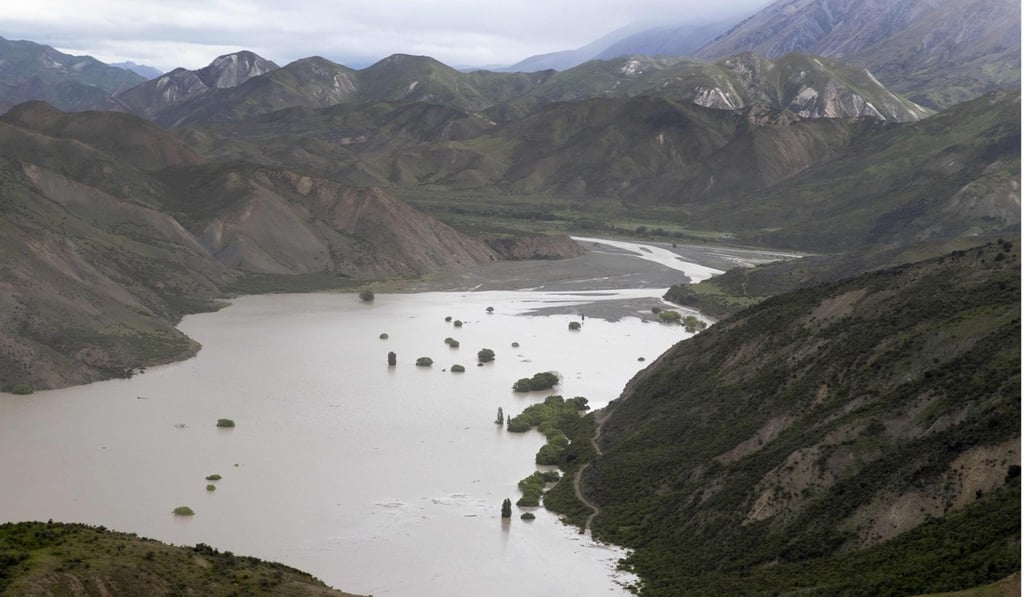2016 New Zealand earthquake moved islands closer together and lowered a city
- At least 25 fault lines ruptured in the quake, which geologists said made it one of the most complex earthquakes observed anywhere in the world

A destructive earthquake that struck New Zealand two years ago has left its two main islands edging towards each other, and one city sinking, according to scientists.
But the margins are minimal with the gap between the North and South islands narrowing a mere 35cm (13 and a half inches), while Nelson at the top of the South Island has sunk by up to 20mm.
The magnitude 7.8 earthquake on November 14 initially pushed the two islands several metres closer and the unsettled fault lines have since nudged the southern land mass further north.

However, the gap from Cape Campbell, where the main rupture ended in the South Island, and the New Zealand capital Wellington at the bottom of the North Island is still more than 50km.
At least 25 fault lines ruptured in the 2016 quake, which earthquake geologist Rob Langridge from the government’s geoscience research organisation GNS Science said made it one of the most complex earthquakes observed anywhere in the world.
Fellow GNS scientist Sigrun Hreinsdottir told the Stuff website on Friday that the sheer number of faults made it difficult to distinguish which was responsible for the post-quake creep.